Prior to the pandemic, I sat down with Noell Clark in Breathe Together Yoga’s Sola studio with the intention of recording the first episode of a podcast for BreatheTogetherOnline.com. The Universe had other plans. For starters, I learned a large yoga studio is not ideal for recording, as soundwaves travel and create white noise. Another roadblock was wave after wave of devastating news and adapting to our “new normal” accordingly. Fortunately, the Mobility IQ Program cofounder and JOY of Yoga teacher training lead teacher offered timeless wisdom in our conversation, which I was able to salvage off the cutting room floor as a written Q+A. Read on for her yoga origin story, the importance of creating rituals, and more.
Katie Davidson: How did you find yoga?
Noell Clark: I found yoga when I was entering into recovery for addiction. So my first exposure to yoga was because I was dealing with some pretty gnarly withdrawal symptoms, and it was suggested to me to practice yoga to try to help get to sleep because one of the withdrawal symptoms was insomnia and restless leg syndrome. And so my therapist suggested practicing yoga. So I did, and it really was helpful. And then I just kept following that guidance from her and feeling good. Then you keep going, you keep going, and you get deeper. The layer starts to peel back and you want to know more. And that’s how I got started. I was feeling really shitty.
KD: Do you remember feeling resistance when you were first starting?
NC: Oh yeah. I remember her telling me and I always thought she was like a little bit hippy-dippy. So when she suggested I practice yoga, I was like “Yoga. What am I going to do? Start eating berries and chanting?” And it’s funny because I started eating berries and chanting. But yeah, totally resistant to it because it was so foreign to me. I didn’t really have a lot of exposure [to it] the way I grew up.
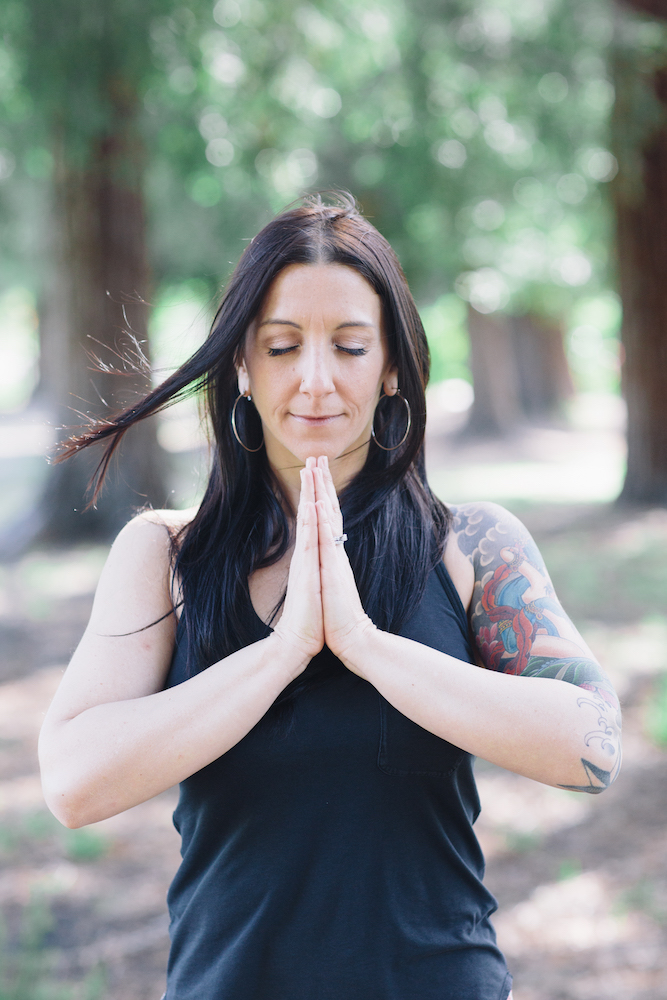
KD: Was it mostly asana and movement when you were first introduced to it? When did you start adding meditation into the practice?
NC: Yeah. Probably within the first couple of months. I think for anybody who comes in the door and starts with the physical tadasana or indoor breathing that’s usually intermingled in the classes, it forces exposure to meditations with savasana. Especially though, with teachers that I was practicing with, they would do like a gradual relaxation.
And so that was my first exposure to a guided form of meditation. But [while I was growing] up, I went to a boarding school, and part of that is a silent meeting for worship. So I had grown up throughout high school sitting in I guess what I would now look back and go, “Oh, I was meditating.” So we would sit for an hour in silence. And I did that from age 15 until I graduated. So that was my first real exposure. But then in terms of yogic-form of meditation, that would have been savasana.
KD: Does your introduction to yoga influence how you teach your students today?
NC: I think what influences a lot of my teaching is: What didn’t I know? What did I need to know? What was I told to reflect in what I was taught? And then also teaching in a way that fills the holes of what I didn’t get because there were a lot of questions about things – the whys of things and “What does this mean?” There’s a lot of jargon thrown around when you’re in yoga practice. And so the way that I teach is often both a combination of what I received, but also what I didn’t receive.
KD: Is there one thing you would say that your yoga classes always have?
NC: Yeah. I start all my classes in the same way. We start with a down-regulation practice. So, a lot of it’s done laying down – occasionally sitting up – and doing a breathing practice that downregulates the system. And I find it’s really important, especially in this Silicon Valley room where I’m teaching most, to delineate between “out there” and “in here” because, a lot of times, people are flying in the door and they’ve had so much going on before they got there. They have so much coming up when they leave that they have to take care of, so marking that entryway into practice space.
So I always begin the same way, and maybe some people are laying there going, “This is boring. She doesn’t really change it up.” But I actually think that the predictability is really comforting for people to have saneness. “I know that this is going to happen,” and predictability often means that safety.
KD: Is there something your classes will never have?
NC: I don’t know. I never say never because I’ve changed as a teacher. I’m so much different than the way I started, but I guess I would say I will never push anybody to do something that they don’t feel is appropriate for them or safe to do. And I’ve been in classes, as a student, where a teacher will call on a student and be like, “You’re going to get into this pose,” and it happens in front of the class. It’s like a whole spectacle thing. But I’ve been that person, in the past, that wasn’t ready to get into that pose but really did it – not for myself but for everybody else and because there’s a deep sea of people-pleasing and wanting to be accepted and loved – and then walked away or had the experience the next day where I was in pain or I felt like my boundaries were violated. So I will never ask. I will never call on somebody who I don’t have a relationship with and ask them to do something.
KD: At what point in your journey did you decide to pursue a teacher training? Did you go into it knowing you wanted to teach, or did that come later?
NC: So I was practicing yoga, and then I started working in the New York City domestic violence and human trafficking shelter system. I ran this program – it was called “Life Skills” – and it was an empowerment program for survivors of trafficking and domestic violence. We had a yoga teacher that came in and taught, so I would practice with [the] women. Tandem to this, I also had my own practice. And I just remember being so struck by how one hour of breathing and movement, centering and grounding, fundamentally changed these women. Even just the difference in the way that they carried themselves from the beginning, or the [shift of] tension in the air, from the beginning to the end. That’s really what got me.
I was like, “I want to be able to affect this change with my clients, in case this woman ever needs to step away. I don’t want them to lose this.” So when I went to do my first teacher training, it was mostly because I wanted to be able to do [what] she was doing for them to give them that consistency, comfort, and safety. And so yeah, I knew right away that I wanted to teach. Never really thought I’d be where I am today, which is teaching publicly. I always thought I was just going to do a teacher training for them, for those ladies.
KD: We’ve talked about how you ground your students. How do you ground yourself – on the mat, at home, etc.?
NC: I have all these rituals. I think I ground myself in ritual. So I have a morning ritual, I have a when-I’m-done-with-work ritual, and I have a what-I-do-in-between-clients-or-classes ritual. So I start my day pretty much the same every day. The first thing I do: I usually step out of bed right foot, left foot. It’s just kind of how it goes. My right foot hits the floor, I think “thank.” My left foot hits the floor, it’s “you.” Thank you. As someone who’s in recovery from addiction, there were times in my life [when] I really wasn’t guaranteed the next day. So that, and then I have a whole ritual: I drink my water with my lemon, I got to have the cat fed… then these rituals, too, between clients and classes, clear my field from what I was experiencing with that person and then sets me with kind of a clean slate to go into the next thing.
KD: For someone new to creating rituals, how would you start doing this? What would you suggest to them?
Noell: I don’t know that I exactly created reminders or calendars, but I definitely try to give it as much importance as anything else in my day. Like at night, I always go home and wash my body. I may not wash my hair, but I always go home and I wash the day off because that to me delineates the space between work and then being home. And so when I don’t feel like it – like I’m too tired, I’d rather just put on my sweatpants, and be in the house – I remind myself. I say things like, “Would you ever go to work without brushing your teeth?” And the truth is, I would never get up and come teach or take a class without first brushing my teeth. There are some things that we just do because they’re so ingrained. So just reminding myself that it’s as important as that thing.
“The [yoga] practice is the longest and probably healthiest relationship you’ll have in your life.”
Noell Clark
KD: What does yoga mean to you today, and how has that evolved?
NC: Today, yoga is a way of life. In the beginning, yoga was something that I practiced for like an hour or so a day. Now, it’s a way of living. It incorporates all of these things, like practice, ritual, relationship-building and management, self-care. So it’s not just, “Oh I got to go to the studio and do my yoga.” It’s now, for me, all parts of my life, day, relationships, the way that I feed myself, the way that I go to sleep at night. I actually hate when people are like, “Yoga is everything.” But it’s everywhere.
KD: Which teachers have inspired you the most?
NC: I’ve had a lot of teachers over the years. My first teacher was a Sikh man who taught me the importance of sitting in silence, and that was in that boarding school. And I always go back to him and those little lessons that he taught me. We used to have candles in the room, and he would tell me, when I couldn’t let my mind settle down, to just focus on one thing. He would always say, “Just look at the candle flame. Fix your eyes there, and let your concentration go there.” So I always come back to that when I’m having trouble meditating.
I’ve done so many different teacher trainings. When I moved to California from New York, Kenny Graham. I had a teacher in New York; her name was Bernadette, and she said, “Go find this guy.” So I went and found him, and he felt like a piece of home because he was from the East Coast. But he was doing his thing out here in California. So I did. I learned a lot by watching him and by being in his presence.
I’ve trained with so many different teachers, but I would say influential right now are my teacher David Greig, who’s a much younger teacher but not a traditionalist. He’s kind of very rogue in his approach. He encourages the use of proxy, encourages breaking sequence, to do exploration. For me, I needed that license. The dogma doesn’t really work for me. Right now, I’m really on the search for a Dharma teacher. I listen to a lot of Dharma teachers, and I’ve practiced with a lot of Buddhist Dharma teachers, but I haven’t found one yet that I feel like is my Dharma teacher. So I’m in the process of looking for one because I would really like a Dharma-specific teacher.
KD: What books are on your nightstand right now?
NC: One that’s sitting on my nightstand that I just finished reading is called On Earth We’re Briefly Gorgeous. It’s amazing. It’s a beautiful book. It’s one of those books that I would look forward to coming home at the end of the day. I’d be like, “I can’t wait until the day is over because I’m going to go home and read that book.” It’s basically a letter that this gentleman wrote to his mother and they’re an immigrant family from Vietnam. And he writes this letter to his mother about his life, and he’s coming out to her. And it’s his relationship with the first man that he was in love with. It’s such a beautiful tale about just so many different adversities and triumph over those adversities. So that’s one.
Then, I have a huge stack. Essentialism by Greg McKeown. Essentialism is a book about basically getting rid of everything. It’s kind of the Marie Kondo of your professional life. So learning what is essential to what your one primary goal or purpose is in your work and then how to take steps to let everything else fall away. Courageous steps to let everything else fall away. And then I have Yoga Biomechanics: Stretching Redefined and The Science of Stretching. I’ll cruise through that every now and again.
KD: Speaking of purpose, what are your core values?
NC: There’s one Dharma teacher – he’s actually my husband’s Dharma teacher; I always want to steal him for my own, but I feel like, in partnership, we should have different teachers. He always says that he wants to be a refuge for people to feel like people can find safety and comfort in him. And when I heard that, it just lit me up because I finally felt like there was language to what I’ve been trying to do, and that’s not just in my personal relationships. I want people to feel safe and open, to share with me or to not have to wear any masks, but also what I teach to be accessible and impactful for my students. So basically that concept of being a refuge in all the different ways. If I could summarize it all into one thing, it would be that.
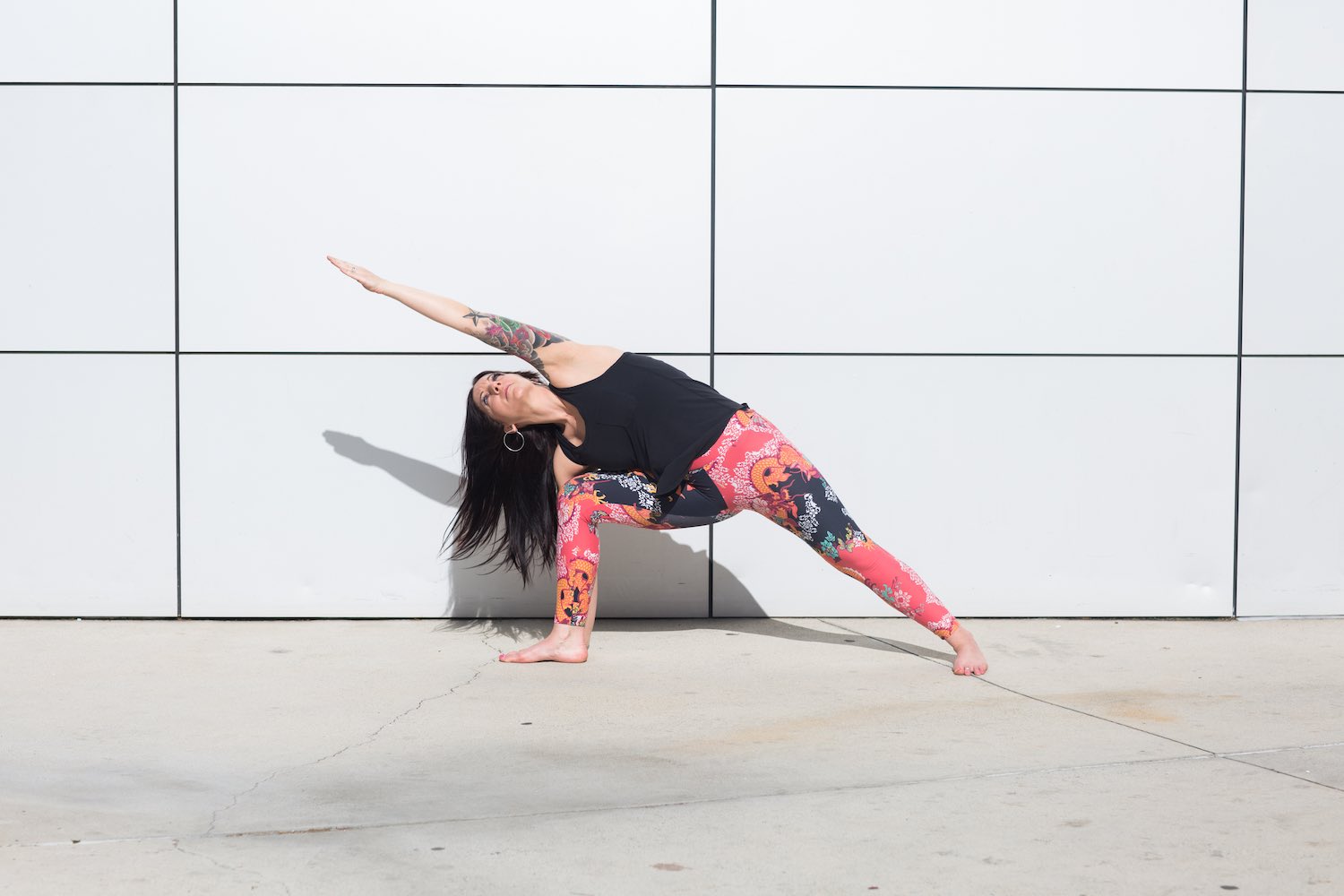
KD: If there’s one thing you wish all your students – and non-yogis – knew, what would it be?
NC: So for students, I would wish that they knew that the practice is the longest and probably healthiest relationship you’ll have in your life, this practice of yoga. And that it’s ever-changing, and to be able to kind of ride the waves of that change. And I don’t just mean your body’s going to change or your desire to practice is going to change, your approach to your practice is going to change. And I think that we can get stuck in “but it’s not like it used to be.” And then trying to almost go backwards, “I want to get back to that place,” but that place is not existent. Everything’s always ever-changing, especially in relationship to your practice.
Then, the second part, to everybody, is that you’re loved because I think people forget that and I am thinking of people that I’ve been in recovery with or women that I’ve worked with for years and years back in the day when I was doing that work in the shelters. There’s this feeling of not knowing love or not feeling loved that can bring you to some really dark places, but it’s untrue. You’re always loved, but then you also have to work to build networks and community that continues to remind you of that. So I guess it’s two parts. You’re not alone. You are loved. If you’re feeling alone and unloved, then find those communities that bring you back to that place where you know it’s always true.
KD: What three yogis, living or dead, would you invite to dinner?
NC: Oh. Oh man. That’s really hard. Does this have to be a delightful dinner party or like I want to get to the bottom of some shit party?
KD: It can be whatever you want.
NC: Okay. So I would invite the B.K.S. Iyenger, K. Pattabhi Jois, and let me think… John Friend. I would invite all three of them to a dinner party.
KD: Oh yes. I want to sit in on that! Maybe not stay for dinner, but –
NC: Yeah. I’d definitely want to have them all in the same room and have a lengthy discussion with each or all at the same time.
Noell kicked off Breathe Together Yoga‘s Radical Care Instagram challenge – follow along for inspiration, tips, and more.

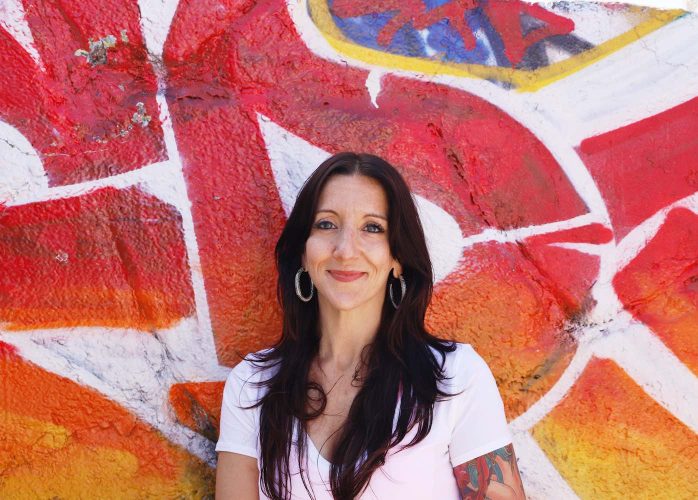







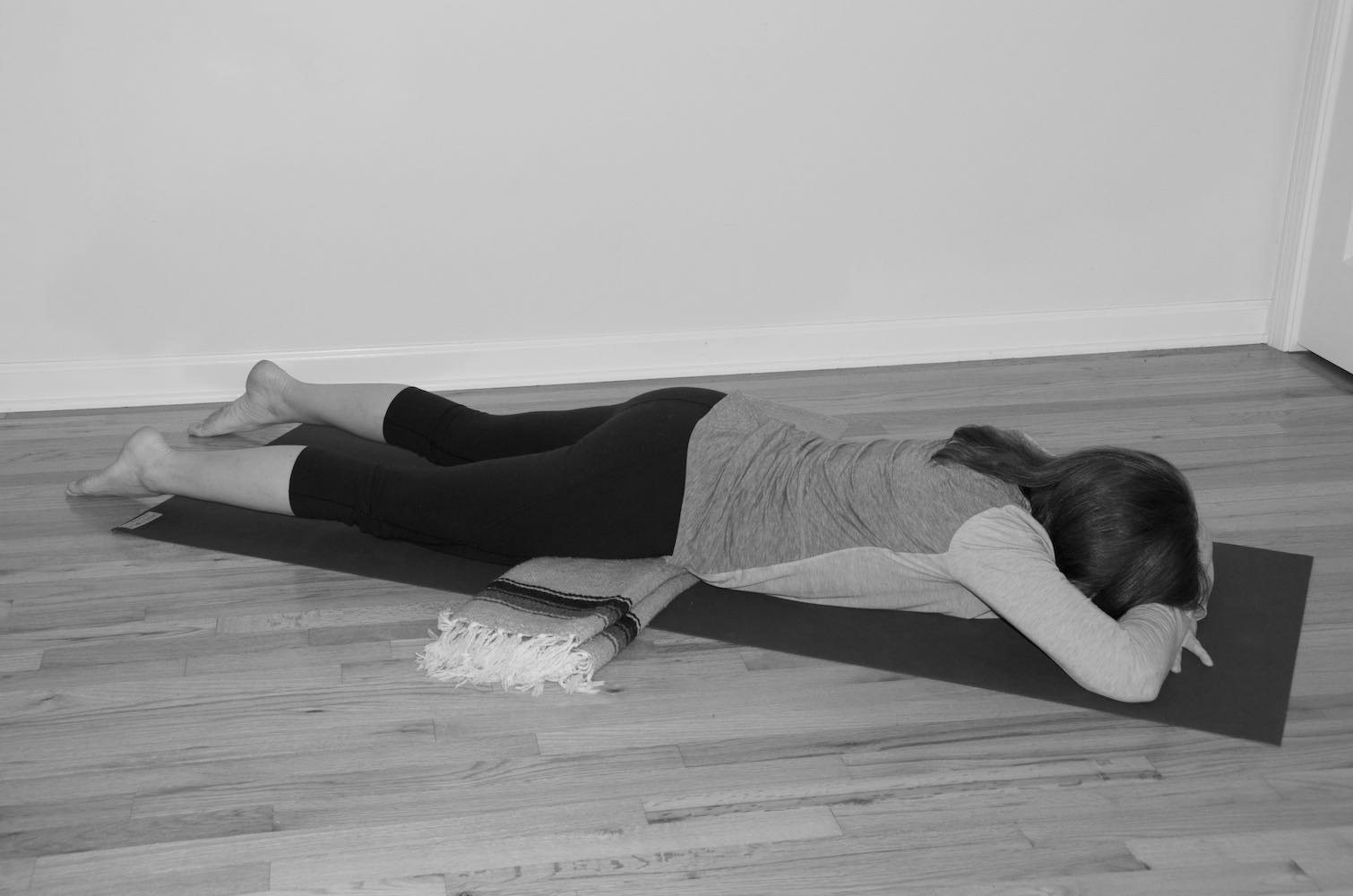
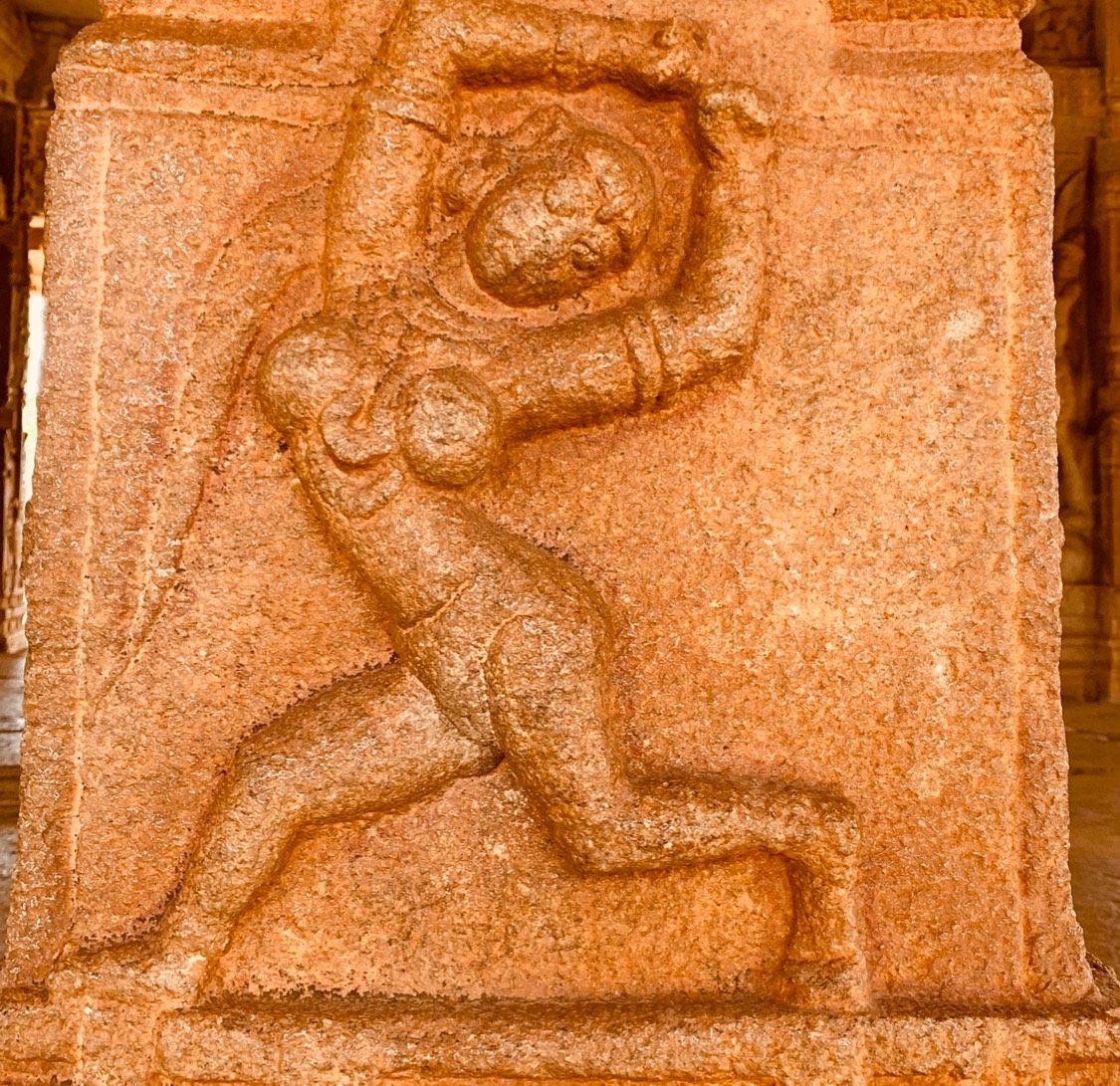
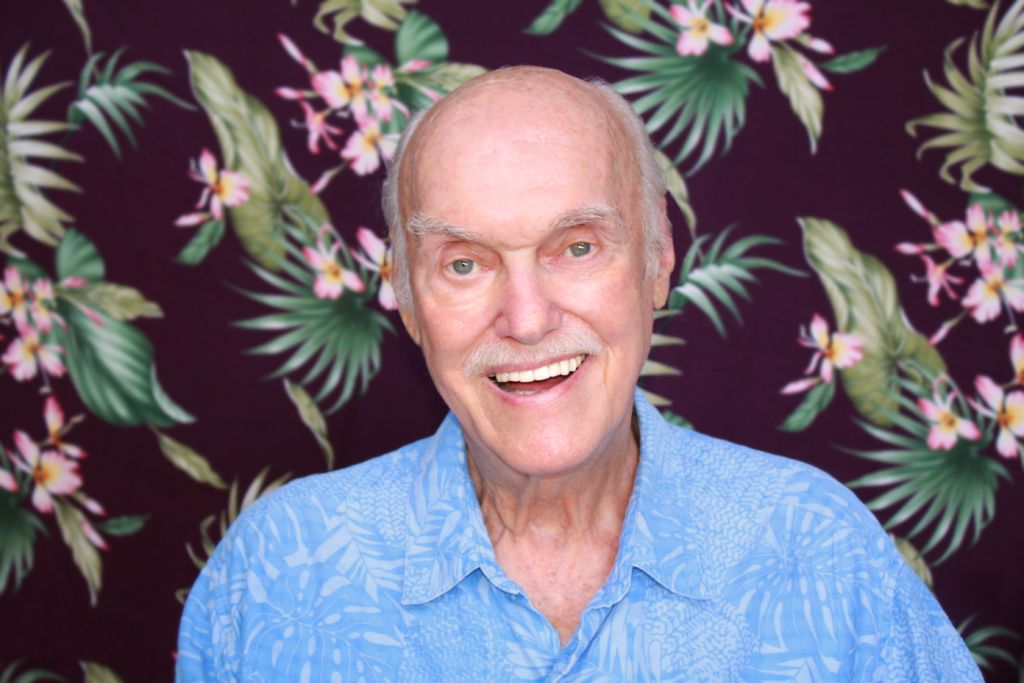
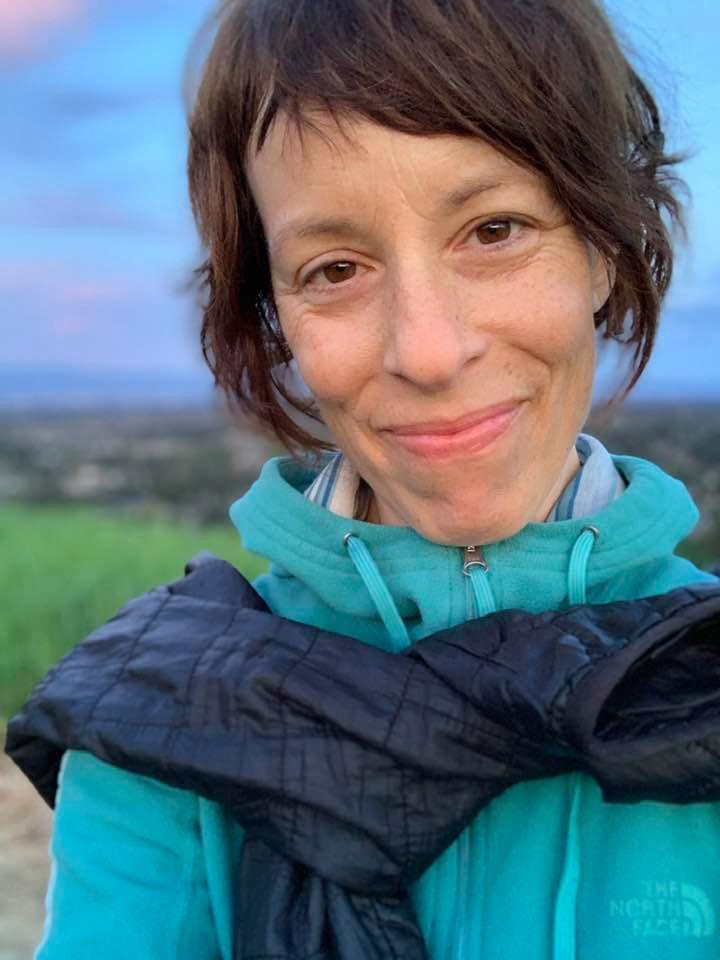
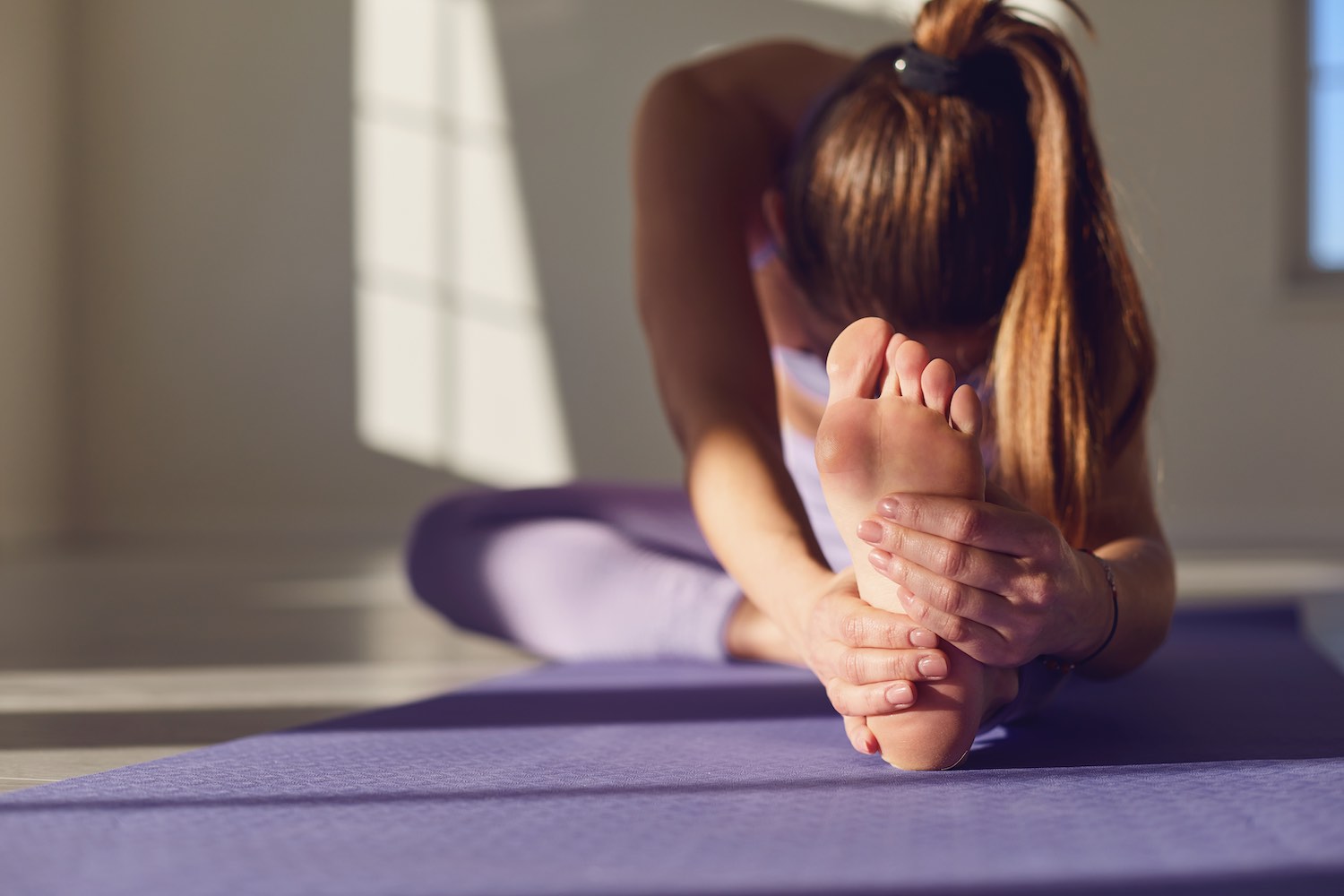

One reply on “20(ish) Questions with Noell Clark”
Nice article. I’m sorry that your podcast didn’t work for this, but I love the article and I’m sure you’ll get a podcast going in no time at all!